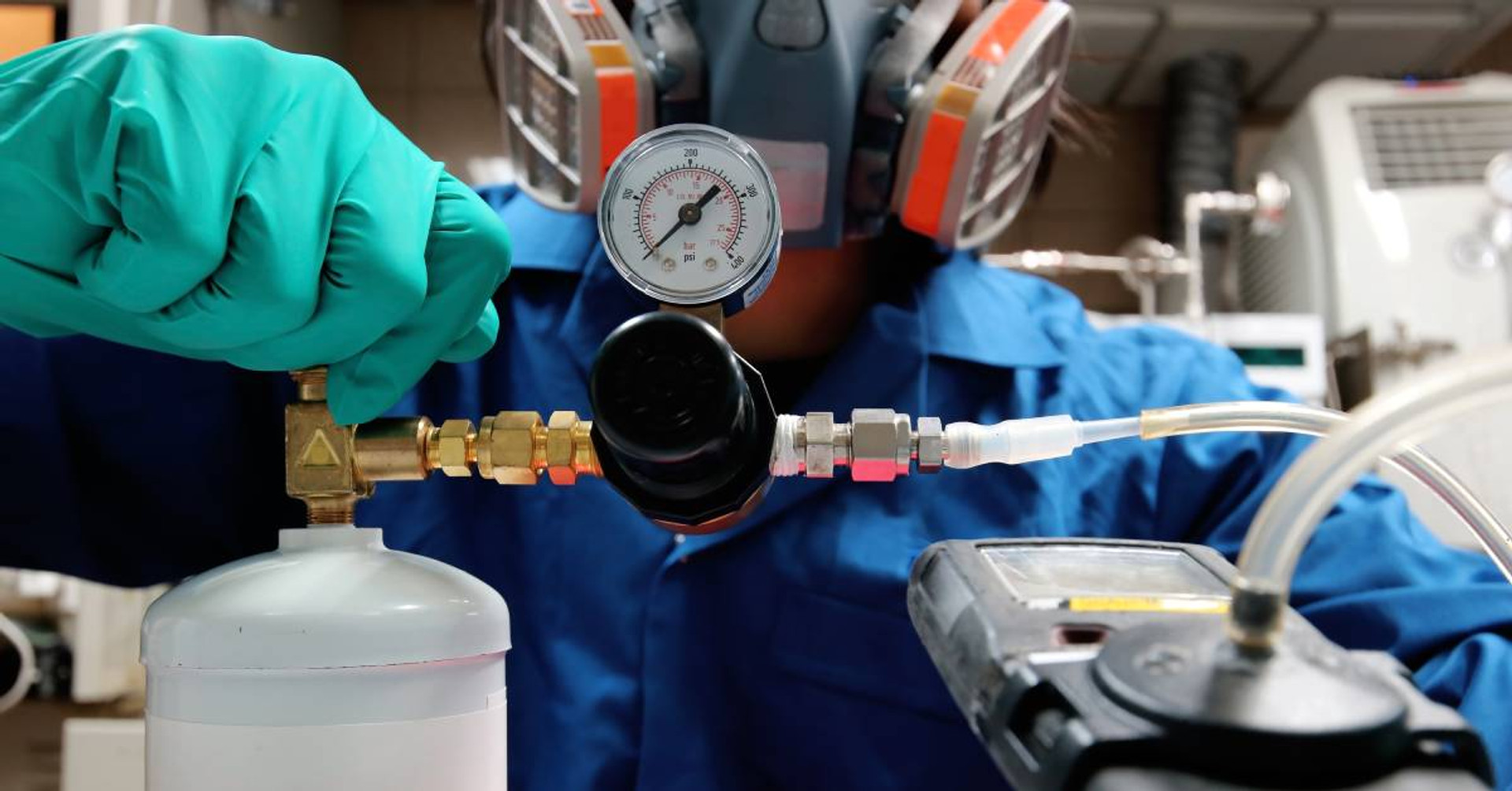How Often Should Gas Calibrators Be Calibrated?
The accuracy of calibration gas is paramount in industrial settings and laboratories, which means you need to use accurate gas calibrators at all times. Regular calibration ensures the reliability of your equipment while safeguarding your processes and personnel. How often should you calibrate your gas calibrators? This short guide will provide insight into the recommended calibration intervals and cover some factors that can influence these timelines.
The Recommended Time Length
The general recommendation for gas calibrator calibration is once every year. This annual schedule balances accuracy and operational efficiency. However, this is a guideline rather than a one-size-fits-all solution. Some people recommend recalibrating calibration gas sensors biannually.
Factors That Can Affect This Length
Regardless of how often you calibrate your gas calibrators, a number of factors could shorten the time you should wait before recalibrating. Some have varying effects, so it’s important to be aware of them and keep your calibration gas devices accurate.
Failing a Bump Test
A bump test checks the sensor’s response to a known concentration of gas. You’ll perform this test more often than calibrations. If your gas calibrator fails a bump test, recalibration is necessary. Ignoring a failed bump test can lead to inaccuracies, compromising safety and quality.
Increased Usage
The more frequently you use a gas calibrator, the quicker it will drift out of calibration. While most calibrators are made with frequent use in mind, it can still increase wear and tear on sensors and other components. If you constantly use your equipment, consider shortening the calibration interval by a few months.
Environmental Exposure
Gas calibrators that operate in harsh environments—such as areas with extreme temperatures, high humidity, or exposure to corrosive elements—are prone to drifting. Since these conditions can accelerate sensor degradation and impact performance, you’ll need to monitor them closely and potentially perform bump tests more often. In extreme cases, semiannual calibrations may be more appropriate to ensure accuracy.
Observable Inaccuracies
If you note deviations in the readings provided by the gas calibrator, you might need to schedule a calibration sooner than you expected. You should still confirm your suspicions before calibrating a sensor, but don’t ignore what could be a major issue. Generally, regularly recording data can help you identify when your calibrator’s accuracy begins to wane. Then, you can recalibrate it before it drifts too far.

